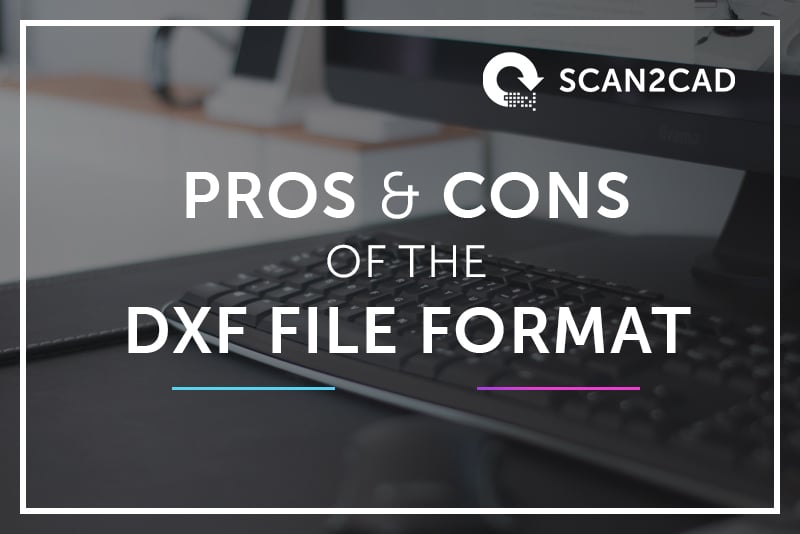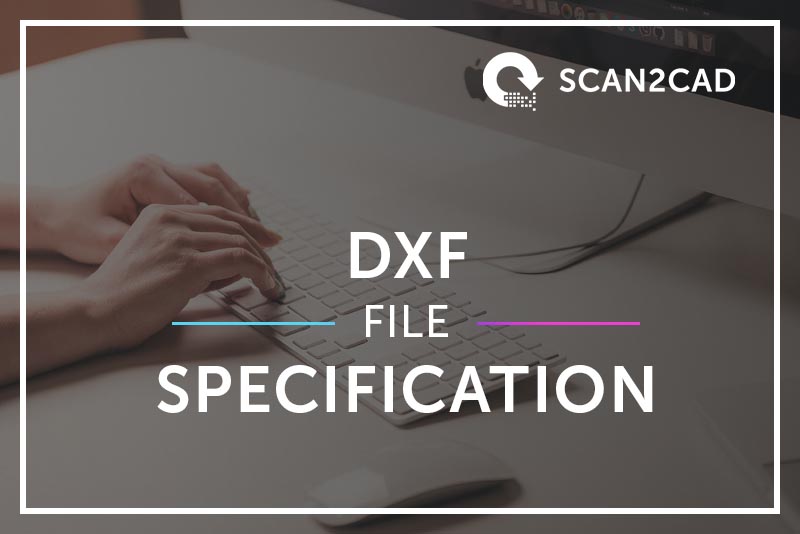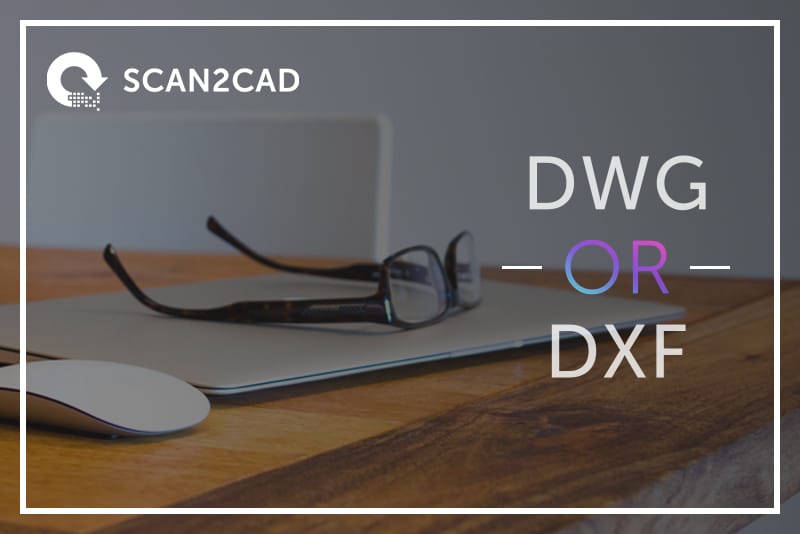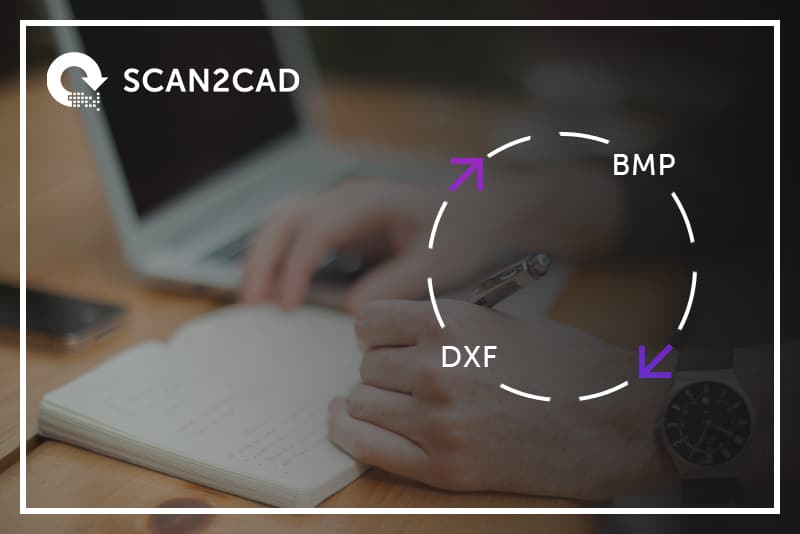DXF Files
DXF, which stands for Drawing Exchange Format, is a widely-used file format across the CAD industry. Like DWG, it was created by Autodesk, but unlike DWG, it is not a proprietary file format. Instead, it is an open standard, which means that it can be used by any CAD program. As a result, it is supported by practically every CAD program available on the market, making it a great format to choose if you need to share or collaborate on a design project. In this section, you can learn everything you need to know about the DXF file format.

Technology and the CAD industry is rapidly evolving. Why, the latest AutoCAD release allows automation; newer software interfaces are increasingly easy to use; the innovations are endless. Contrast that with the DXF file format, which has been around since 1983. That’s…

On this blog, we’ve previously discussed many different aspects of the DXF file format. This article is our first in a new section covering the ins and outs of DXF conversion. In this section, we’ll be discussing everything from how vectorization software works to…

So you have a vector DXF file and you want to edit it? In this short video, we’ll show you how to do just that — using Scan2CAD. (more…)

If you’ve read our Scan2CAD blog before, you would’ve learnt of our adoration for the DXF file format. After all, our Scan2CAD program is built to support converting images and PDF files into DXF. Of all the vector file formats available in…

Here’s a scenario that I’ve come across quite a few times: a non CAD user receives a vector drawing in a file extension he’s never seen before. He googles the file type, spends a good 20 minutes deciding which program to…

Earlier this month, we’ve discussed the basic overview of the DXF file – it’s a vector graphic file format; and it is mainly used to exchange drawings between CAD programs. For many users, that’s all you need to know before you…
DXF is a vector graphic file, which captures all of the elements of a CAD drawing such as text, lines and shapes. More importantly, DXF is a drawing interchange file used to transfer data between CAD applications. In this article, we…

Do you know that the DXF format has been around for 33 years? Back then, .jpg and .gifs had not even existed! AutoCAD was only just introduced to the world. Those old folks used 360Kb floppy disks and $40,000 computers. Despite…

One of the most popular questions that come our way is “why should I use DXF?” The short answer is: for everything and anything related to drawings. One of the most magical reasons of the DXF’s existence is to exchange files…

If you’ve spent any time using CAD software, chances are that you’ll have come across a DXF file. DXF is one of the most commonly-used file types in the world of CAD, and is supported by almost every CAD program on the…

All file formats have a specification that describes how the information is encoded in the file — how bytes are arranged, how your computer loads the file and so on. The DXF file format is a vector graphic file format, and…

JPG is one of the most familiar file formats around, used in online graphics and digital photography and by millions worldwide. In fields like engineering and architecture, however, formats like JPG can be a liability—bringing in a realm of problems in…

It can be easy to get confused between DXF and DWG files. After all, they’re both ubiquitous within the CAD industry; both display vector images; both have the same level of quality. So, what are the differences between these vector file types? And…
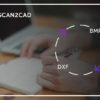
In design and engineering, raster images like BMP can be rather problematic: they lose quality when scaled, and they cannot be edited using CAD software. To avoid these issues, users can convert their BMPs to a vector format like DXF instead. This conversion…



